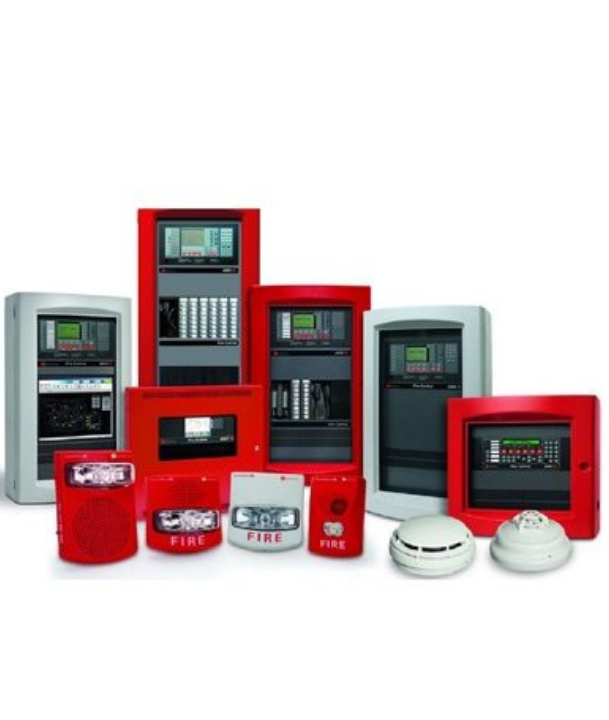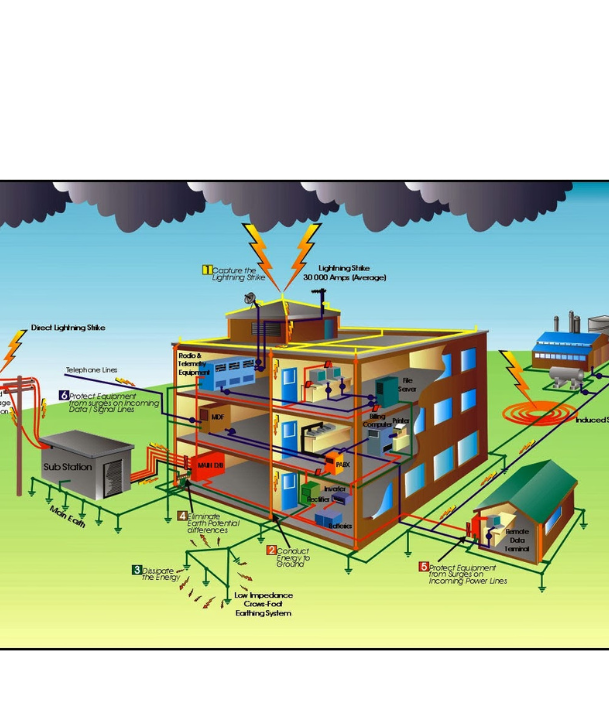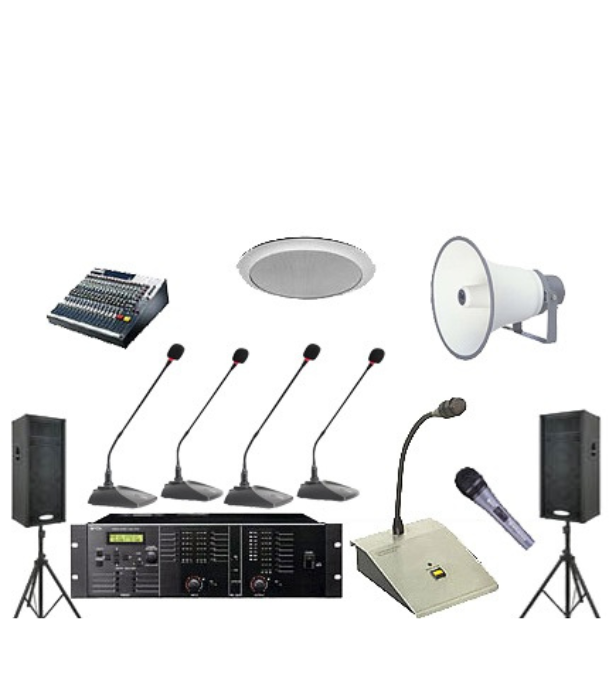(i) Addressable Fire Alarm & Detection System
An addressable fire alarm system is a type of fire detection and notification system that allows each connected device within the system to be uniquely identified or "addressed." This is in contrast to conventional or non-addressable systems where devices are typically grouped together, making it more challenging to pinpoint the exact location of an event.
Key features of addressable fire alarm systems include:
Addressable Devices:
In an addressable system, each device (smoke detector, heat detector, pull station, etc.) is assigned a specific address or identification number. This allows the system to identify the exact location of an activated device.
Central Control Panel:
The central control panel is the brain of the addressable fire alarm system. It receives signals from individual devices, processes the information, and activates the appropriate response (such as sounding alarms or notifying emergency services).
Programming Flexibility:
Addressable systems provide greater flexibility in programming and configuration. The system administrator can easily reprogram device addresses, zones, and other parameters without requiring major rewiring.
Event Logging:
Addressable systems typically have the capability to log events, providing a historical record of alarms, troubles, and system activities. This log can be valuable for troubleshooting and post-incident analysis.
Zone Identification:
The system can divide the protected area into zones, and each zone can be identified with a specific label or description. This makes it easier for responders to locate the source of an alarm.
Early Warning of Faults:
Addressable systems can provide detailed information about the health of each device. This includes detecting faults such as wiring issues, sensor contamination, or device malfunctions, allowing for proactive maintenance.
Reduced Wiring Requirements:
Addressable systems may require less wiring compared to conventional systems since devices on the same loop share a common communication path. This can result in cost savings and simplified installation.
Improved Detection Sensitivity:
Some addressable detectors can provide more detailed information about the environment, such as the level of smoke or heat, allowing for more sophisticated alarm strategies.
Integration with Other Systems:
Addressable fire alarm systems can often be integrated with other building management systems, such as security or access control, for a comprehensive approach to safety and security.
Emergency Communication Systems:
Addressable systems can support emergency communication devices, allowing for targeted messaging and evacuation instructions based on the location of the incident.
Addressable fire alarm systems are commonly used in commercial, industrial, and larger residential buildings where precise identification of the location of a fire event is crucial for an effective response. They provide advanced features and diagnostic capabilities that enhance the overall reliability and functionality of fire detection and notification systems.
(ii) Conventional Fire Alarm & Detection System
A conventional fire alarm system is a type of fire detection and notification system that divides a building into zones, with each zone wired to a specific circuit on the control panel. Unlike addressable systems where each device has a unique address, conventional systems use zones to identify the general location of an activated alarm device. Here are key features of conventional fire alarm systems:
Zones:
The building is divided into zones, and each zone is connected to a circuit on the control panel. When a device within a zone is activated, the control panel identifies the zone in which the activation occurred.
Devices:
Conventional fire alarm systems use standard fire detection devices such as smoke detectors, heat detectors, and manual pull stations. Devices in the same zone share a common circuit.
Control Panel:
The control panel is the central component of the conventional system. It monitors the status of each zone and activates alarms when a device in a particular zone is triggered.
Alarms:
When an alarm is activated, the control panel typically activates a sounder or bell associated with the specific zone where the alarm originated. This provides a general indication of the alarm location.
Limited Identification:
Conventional systems offer limited identification capabilities compared to addressable systems. While the zone of activation is known, the specific device within the zone that triggered the alarm is not immediately discernible.
Wiring:
Wiring in a conventional system is simpler than in addressable systems because devices within the same zone share a common circuit. However, this simplicity comes at the cost of less precise identification.
Trouble Indication:
Conventional systems can indicate general faults or troubles, such as a wiring fault or a malfunctioning device. However, identifying the specific issue may require manual inspection







